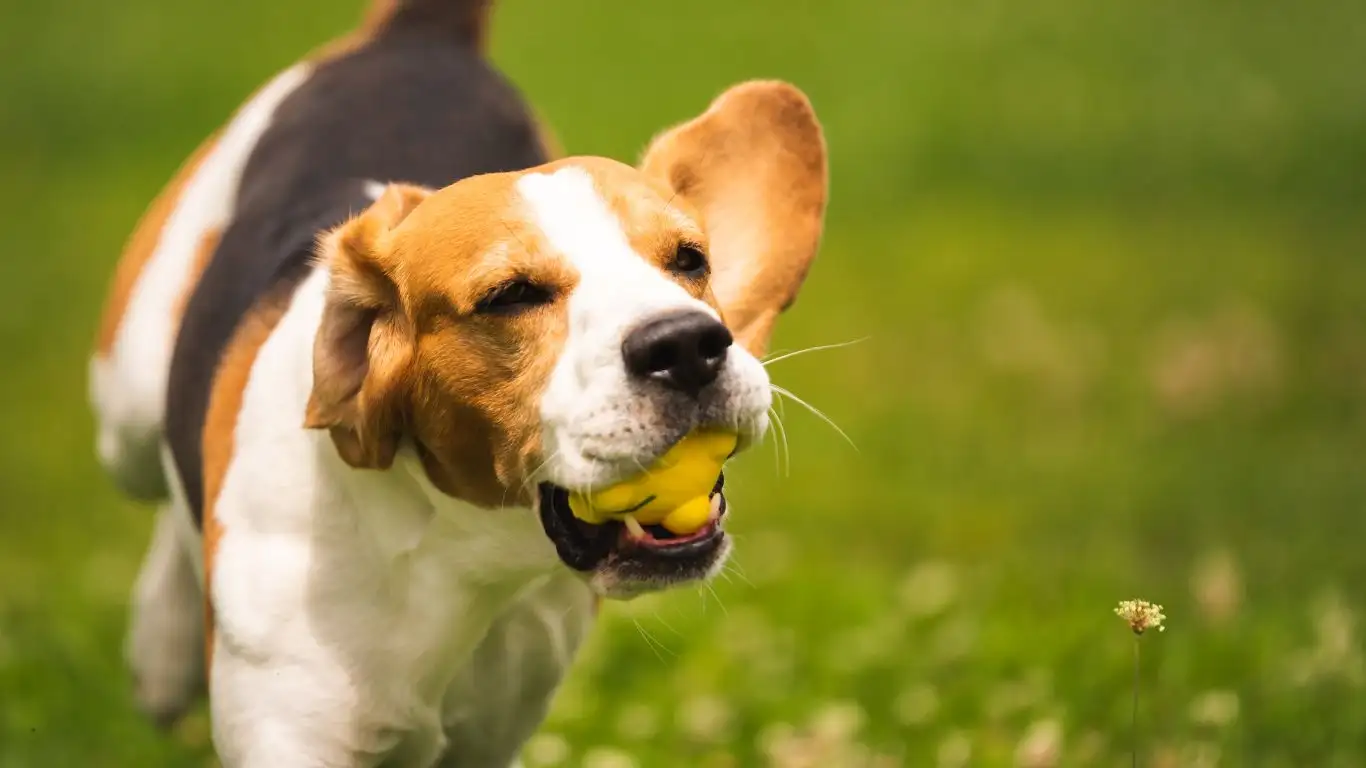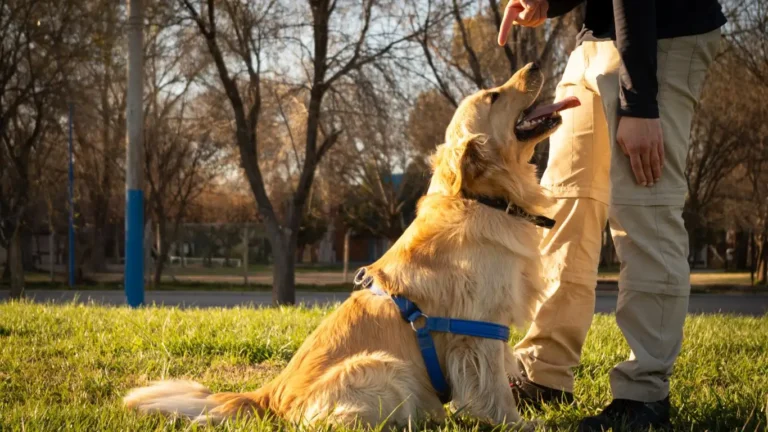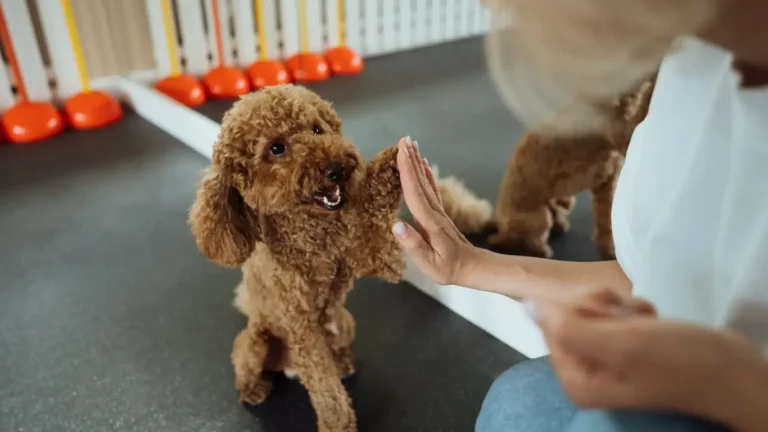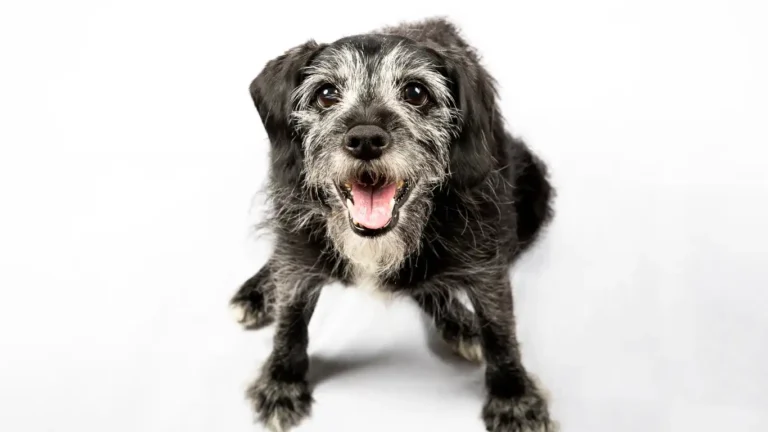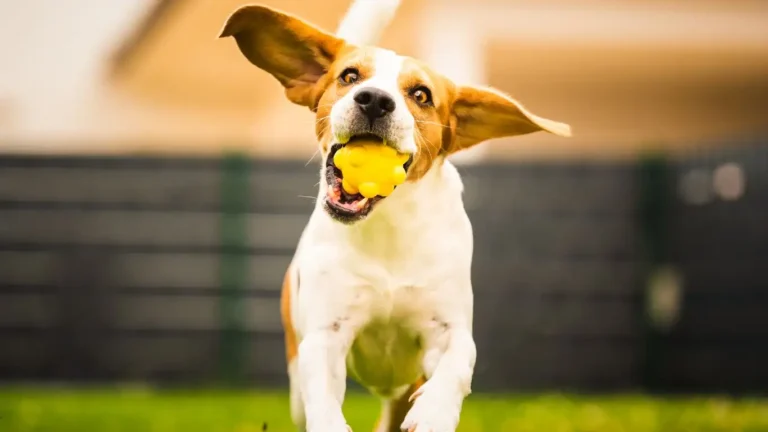How to Train a Dog to Stay Calm Around Kites: Proven Easy Steps
When I first started training therapy dogs, I never thought I’d be teaching them to stay cool around kites. But here we are! If you’ve ever taken your pup to a beach or park and watched them freak out over a colorful kite soaring above—you’re not alone. Learning how to train a dog to stay calm around kites can seriously transform your outdoor adventures. In this post, I’m sharing what’s worked for me as a Canine-Assisted Therapy Trainer, especially with dogs that need to stay grounded in high-stimulation environments. Spoiler alert: it’s not just about obedience—it’s about trust, timing, and a little bit of fun.
Why Do Dogs React to Kites?
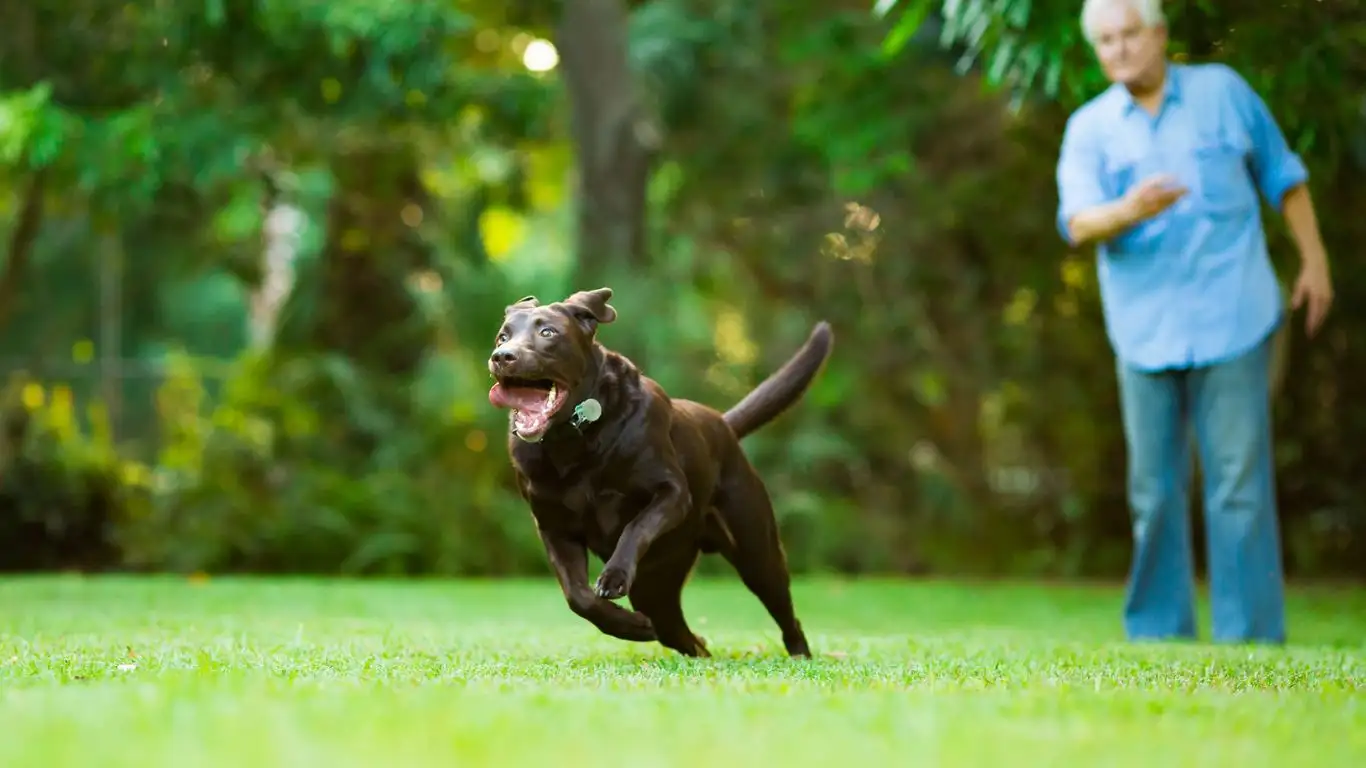
Kites are unpredictable. They flutter, dive, spin, and make noises your dog might not be used to. To a dog’s eyes and ears, that can register as a threat—or at least something to chase. And let’s be real, even we humans find them mesmerizing.
From what I’ve seen in both my therapy work and casual training sessions, dogs react for a few reasons:
- Movement triggers their prey drive. Kites move erratically, similar to how small animals behave.
- Noise and shadows spook them. Some kites have tails or streamers that make sounds in the wind.
- They pick up on your energy. If you tense up every time a kite appears, they notice. Dogs are emotional sponges.
Understanding the “why” helps us build the “how.” Once we get their point of view, we can help them through it.
Start with Desensitization—At a Distance
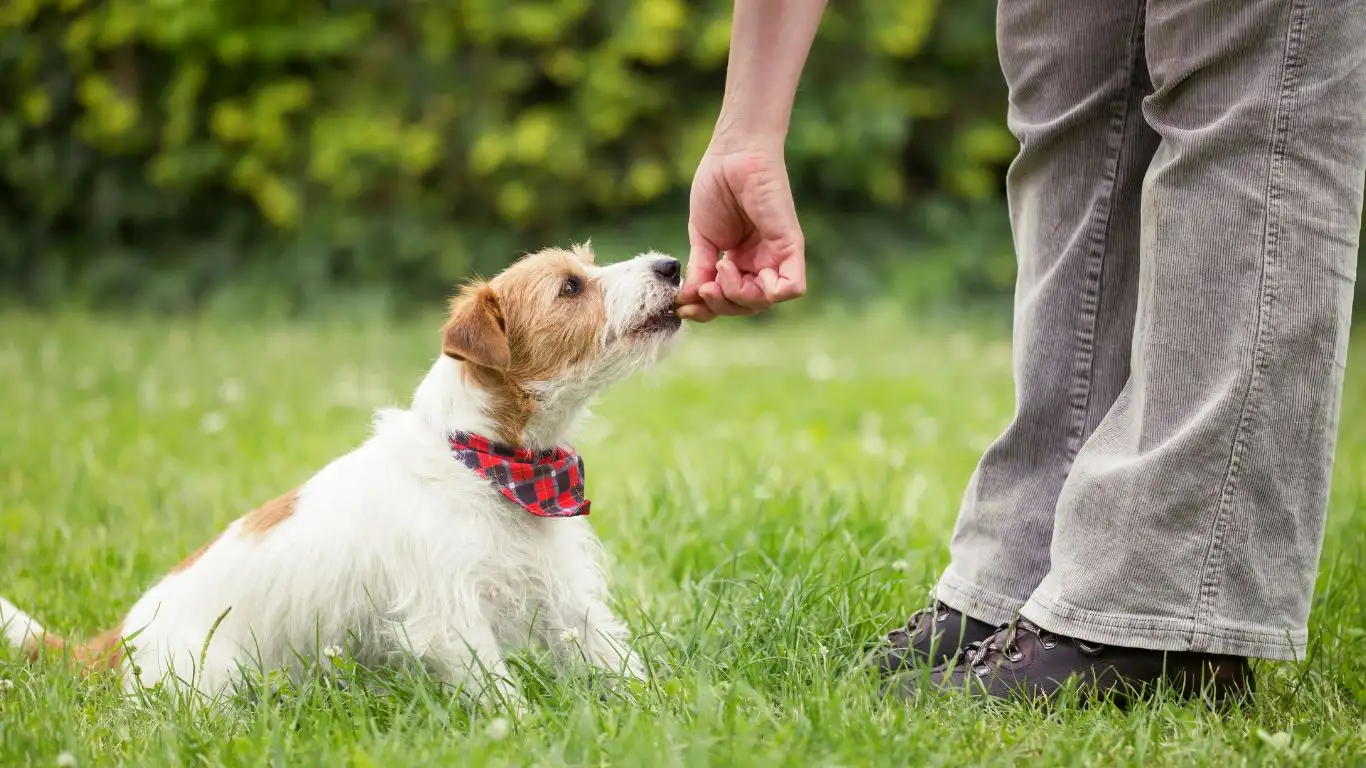
Baby Steps, Always
One of the biggest mistakes I see is people bringing their dog directly into a crowded park with ten kites zooming around. Too much, too fast. You want to start where your dog notices the kite—but doesn’t freak out.
- Begin at a quiet location where you can see a kite flying in the distance.
- Keep your dog on a leash but relaxed. Let them observe.
- Whenever your dog stays calm, praise like crazy and offer a treat.
- If they get overwhelmed, increase the distance. Don’t force it.
In one session with a rescue named Milo, we sat in my truck with the windows down watching kites at the far end of the beach. He was shaking at first. We just sat. No commands, no pressure. The next day, he was chill enough to sit on a blanket outside with me while they flew overhead. Time and patience pay off.
Pair Kites with Positive Experiences
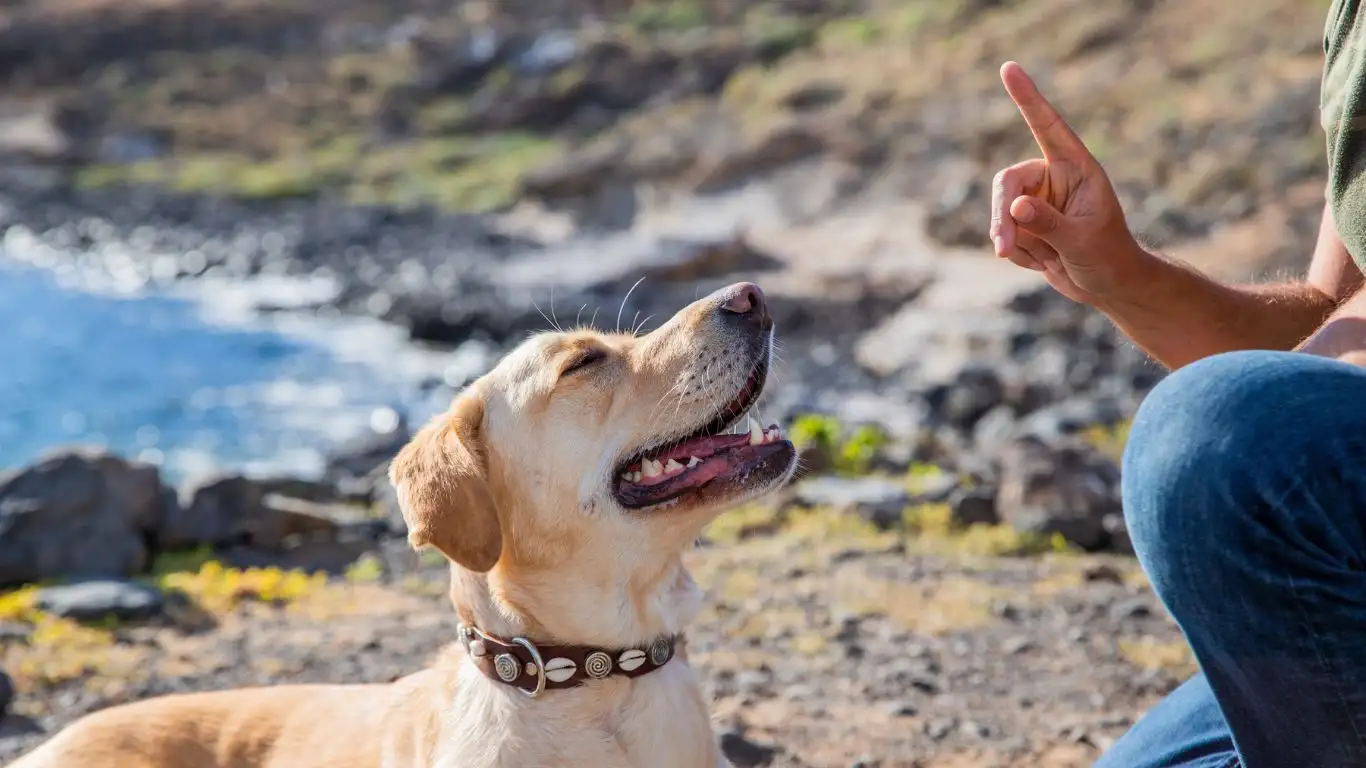
Make Kite Time = Fun Time
If your dog associates kites with stress, we need to flip that script. We want them to look at a kite and think, “Oh! This is when the good stuff happens.” Here’s how:
- Bring their favorite toy or treats. Only use these during kite training so they stay special.
- Practice known tricks or games. Ask for a sit, shake, or a fun trick they love doing—while a kite is in sight.
- Keep sessions short. Quality over quantity. Five minutes of good vibes is better than 30 minutes of stress.
One of my therapy dogs, Luna, was terrified of kites at first. So I brought out her flirt pole (basically a giant cat toy for dogs) and let her go wild in a wide-open field. Kites above? She didn’t even care anymore. The kite became background noise, not a big scary monster.
Timing Is Everything
You want to reward your dog at the exact moment they’re calm—not five seconds later. That timing teaches them, “Hey, staying relaxed while that colorful thing floats around = tasty snack!” It sounds simple, but it’s magic when done right.
Build a Reliable Calm Cue
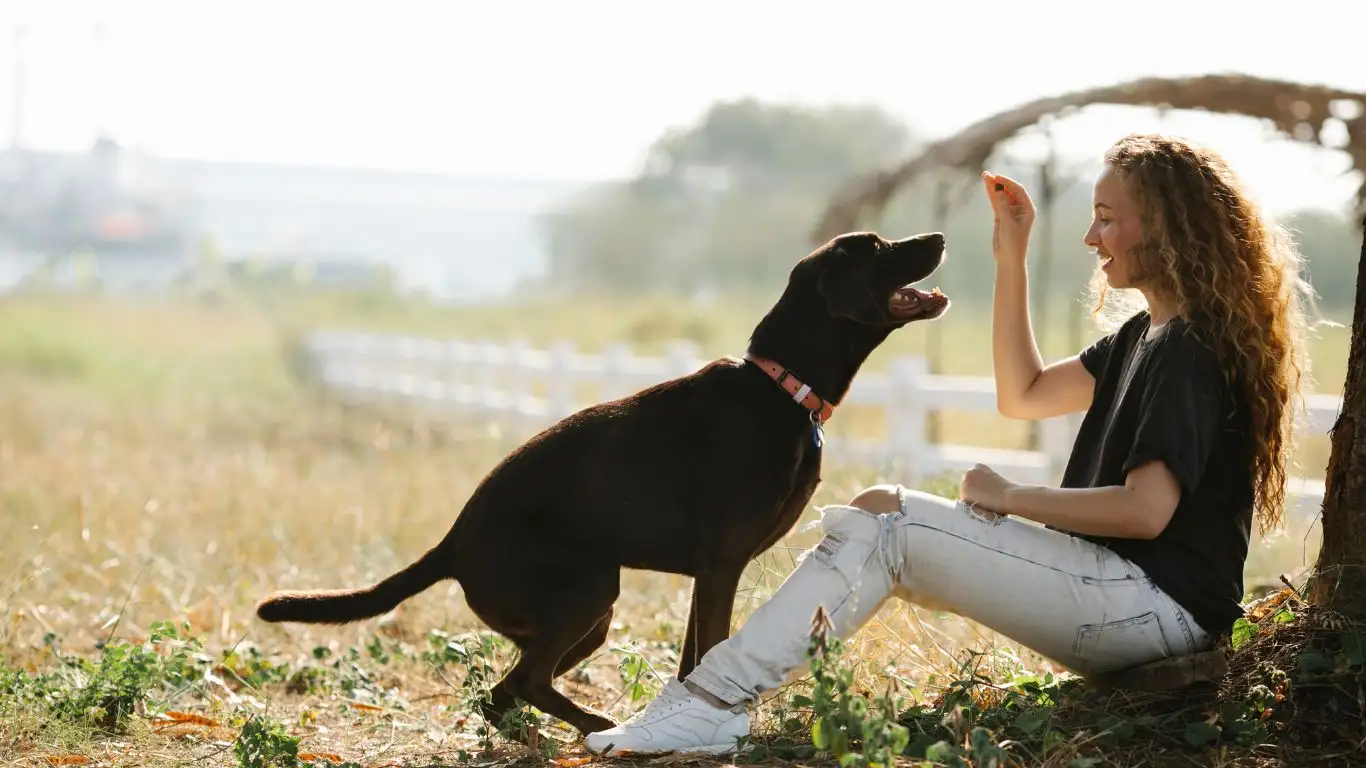
Alright, so once your dog is starting to get used to the sight and sound of kites, it’s time to teach a calm cue. This has been a total game-changer in my therapy training sessions, especially when I need dogs to settle quickly in overstimulating environments.
The idea here is to teach your dog a verbal phrase or hand signal that means, “Hey, take a breath, it’s all good.” I usually use a soft “easy” or “settle” cue paired with a palm-down gesture. Pick whatever feels natural for you and your dog.
- Start at home in a chill environment. Say your calm cue and reward any relaxed behavior—lying down, exhaling, soft eyes.
- Gradually add distractions: TV noise, other dogs, kids playing nearby, and finally—kites.
- Use the calm cue as soon as your dog notices the kite but before they react. Timing is key here.
One of my clients had a sweet lab named Toby who’d go full bananas over anything flying in the air. We practiced his calm cue every day for two weeks—first inside, then in the backyard, then finally at the beach. Now when a kite shows up? One “easy” and he lies down and waits for his treat. It’s honestly kind of impressive.
Controlled Exposure & Real-World Practice
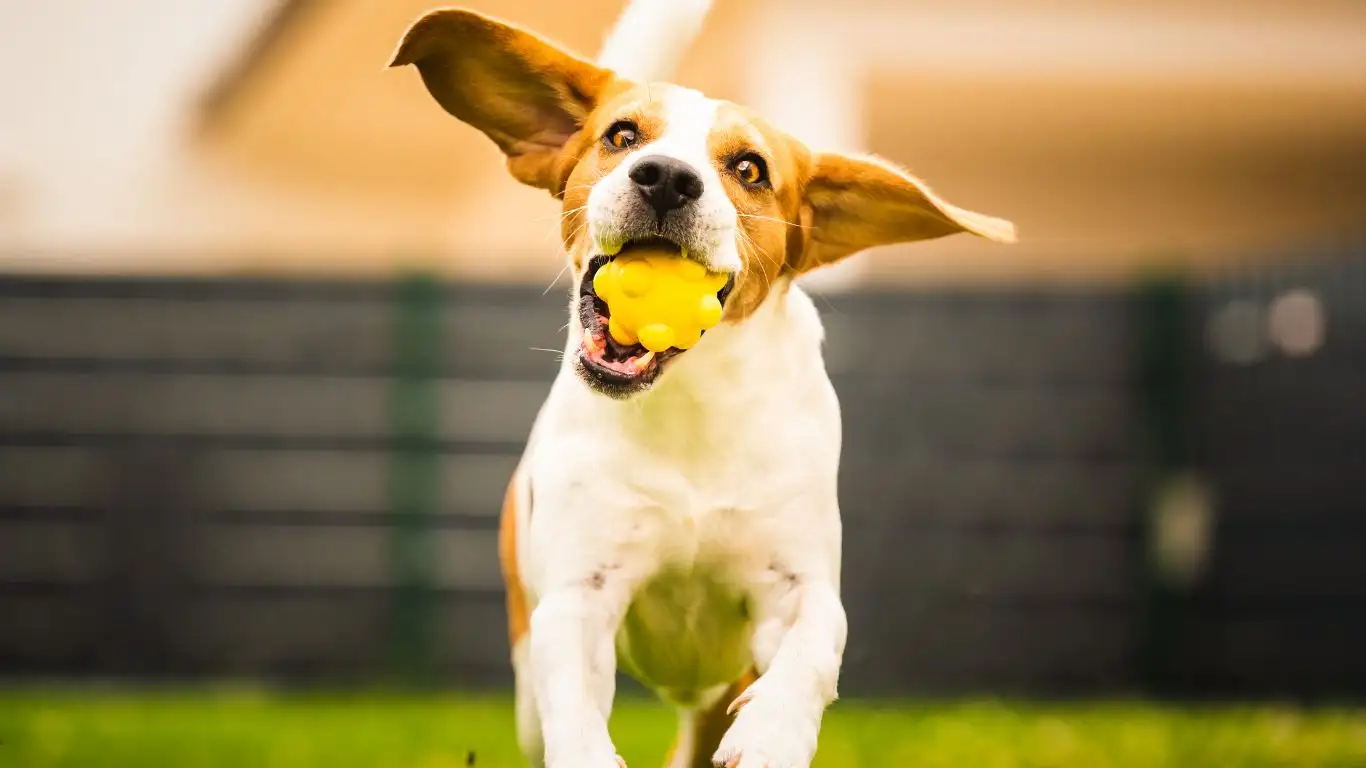
Set Your Dog Up for Success
Once your dog’s got the basics down, it’s time for some “field trips.” But don’t rush into it. Just like we wouldn’t throw a kid into a spelling bee before they even learn the alphabet, dogs need gradual, successful exposure to distractions like kites.
Here’s what I’ve found works best:
- Pick your timing wisely. Go to the park when it’s not too busy. Fewer kites, fewer surprises.
- Pack the essentials. Bring your dog’s favorite high-value treats, a comfy mat or blanket, and maybe a long-line leash if the area allows it.
- Let your dog observe first. Don’t immediately jump into training. Give them time to watch the kites from a distance.
In my sessions, I love using a “settle station”—basically a designated chill zone with a mat and some familiar toys. It creates a sense of routine and safety, especially in new environments. Dogs are creatures of habit. Give them a little structure, and they thrive.
Recognize Stress Signals Early
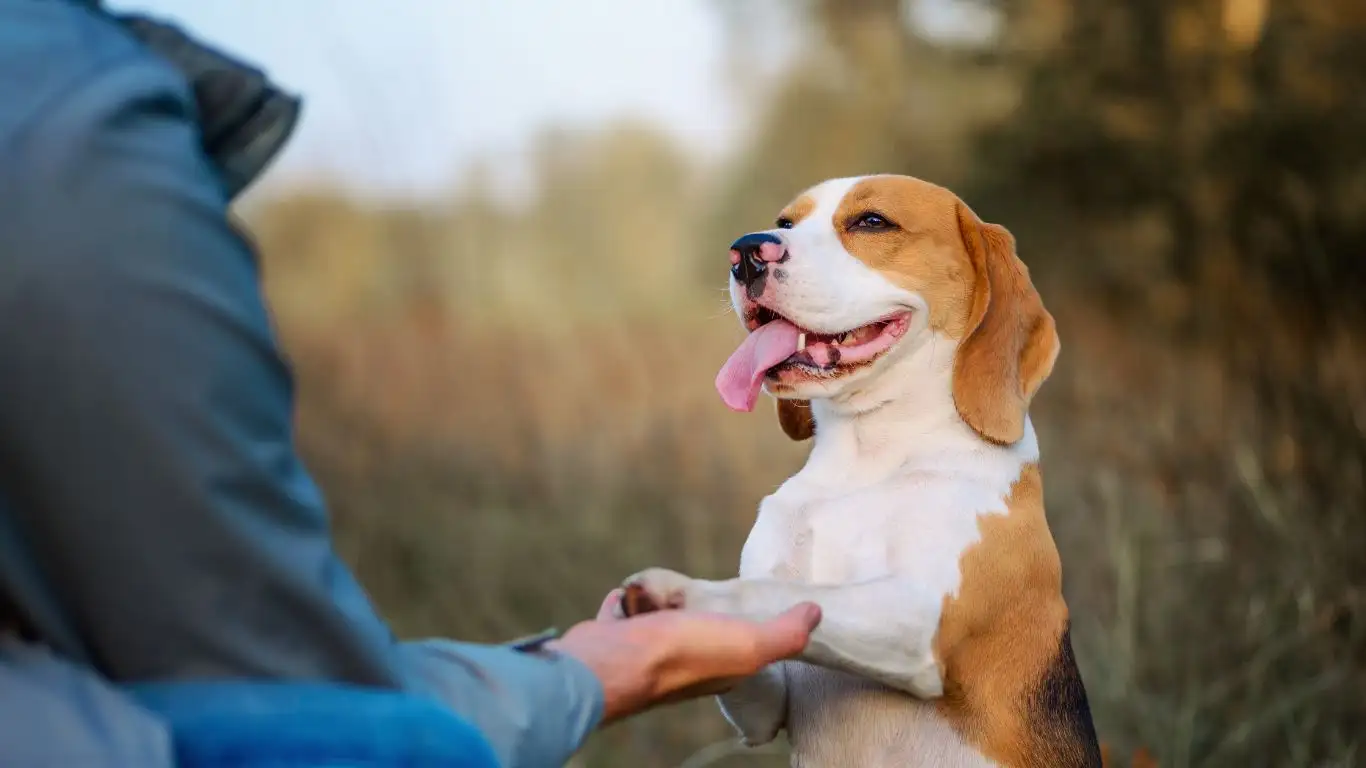
Know When to Take a Break
This might be the most important part of the whole process. Every dog has a threshold, and once they cross it, learning pretty much stops. So learning how to train a dog to stay calm around kites also means learning how to read their body language like a pro.
Watch out for these subtle signs of stress:
- Yawning when they’re not tired
- Licking their lips or nose excessively
- Whale eyes (you’ll see the whites of their eyes)
- Tense body or low tail carriage
One of my therapy dogs, Daisy, taught me this the hard way. We were doing a public demo at a beach festival, and I missed her early stress signs. Next thing I knew, she was barking at a kite like it owed her money. I felt awful. Since then, I’ve been hyper-aware of the little cues, and it’s made a huge difference.
Always End on a Win
Even if it’s something small—like your dog glancing at a kite and then looking back at you—mark it, reward it, and wrap up the session. Ending on a high note keeps your dog confident and eager for the next training moment.
Training dogs to stay calm around kites isn’t just about reducing reactivity—it’s about building a stronger bond, enhancing your communication, and helping your dog feel safe in the world. It’s a process, but I promise, it’s worth every bit of effort.
Incorporate Relaxation Techniques into Your Routine
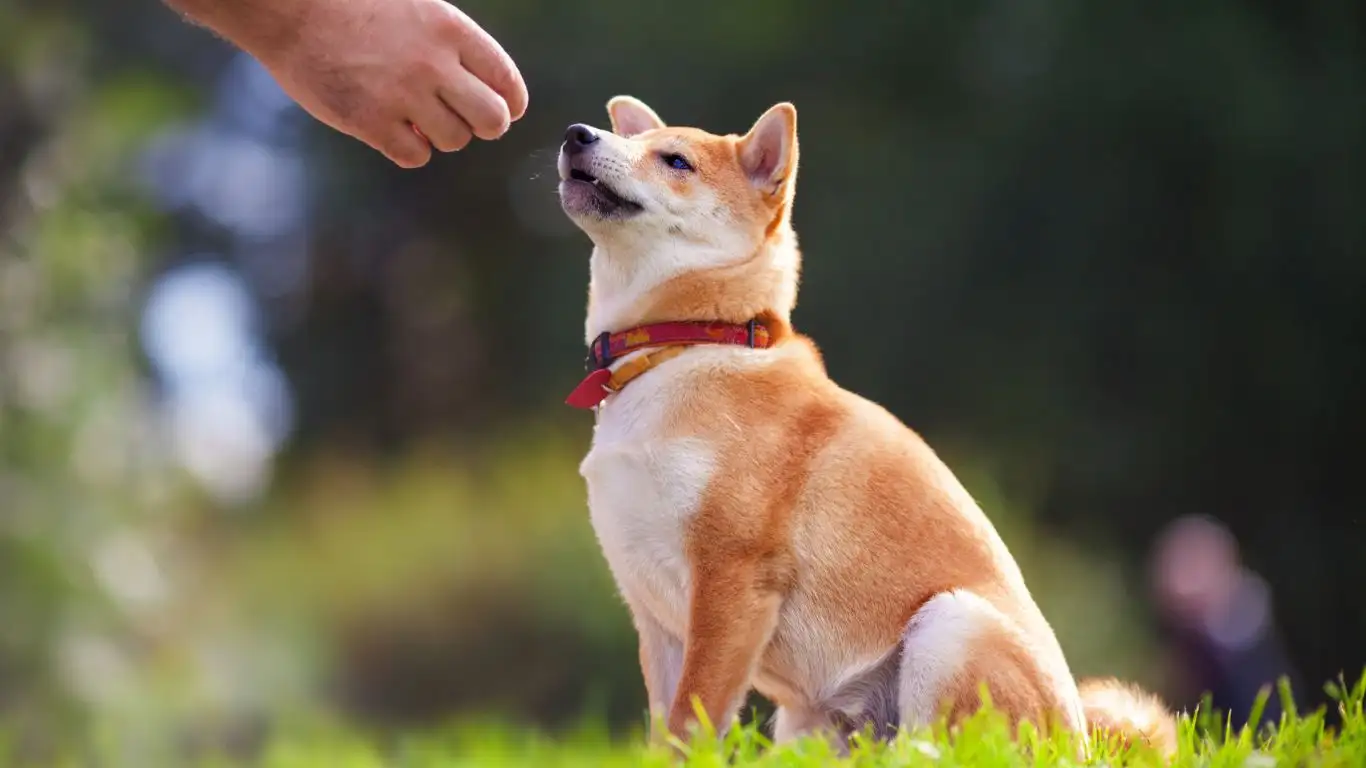
By the time you reach this stage, your dog is probably getting the hang of staying calm around kites, but there’s always room to deepen that calmness. Relaxation techniques can be a real game-changer—not just for kite encounters, but for any situation where your dog might feel overwhelmed.
In my years working as a Canine-Assisted Therapy Trainer, I’ve found that practicing calm behaviors in a low-pressure environment helps dogs carry that calm into the real world. It’s like training a muscle—the more you practice, the stronger it gets.
Try These Easy Relaxation Methods
- “Settling on a mat”: Teach your dog to lie down and stay on a specific mat or blanket. Start indoors with minimal distractions, gradually increasing difficulty.
- Deep breathing exercises for dogs? While they don’t breathe deeply like humans, you can encourage a slower, calmer breathing pattern by calmly petting and softly talking to your dog.
- Massage and touch therapy: Gentle massages can reduce tension and anxiety. It also builds trust between you and your dog.
One dog I worked with, a high-energy border collie named Max, used to get anxious anytime we were outside near kites or flags. Introducing mat training and calming massages changed his entire vibe. He went from barking and lunging to quietly lying next to me, watching the kite with curiosity instead of fear.
Use Management Tools When Needed
Sometimes, no matter how much training we do, there are moments when it’s just not safe or fair to expose our dogs to certain triggers. That’s where management tools come in—think of them as training aids, not crutches.
- Head halters or gentle leader collars: These can help you guide your dog’s attention gently without pulling or causing stress.
- Long lines: Give your dog some freedom while maintaining control, especially in open spaces like parks or beaches where kites often fly.
- Calming aids: From anxiety wraps to pheromone sprays, these can help some dogs relax—but always talk with your vet before starting anything new.
With one anxious pup, Rosie, I combined long lines and calming wraps during her first beach outings. It allowed her to explore comfortably while still feeling secure. Over time, she needed less and less support.
Remember: Every Dog Is Unique
Here’s a little secret from my experience: there’s no one-size-fits-all when it comes to training dogs to stay calm around kites—or any trigger, really. What works for one dog might not work for another, and that’s okay.
Be patient with your furry friend and yourself. Celebrate the small wins, and if something isn’t working, take a step back and reassess. Sometimes a break or consulting with a professional trainer or behaviorist can give you fresh ideas and confidence.
One thing I always remind my clients is to trust your intuition. You know your dog best. If they’re scared, don’t force progress. If they’re curious and eager, lean into that energy. Tailor your approach to their personality and history.
Resources and Professional Guidance
For anyone looking to deepen their understanding or get professional support, I highly recommend checking out reputable organizations and resources that emphasize ethical, science-based dog training:
These sites provide tons of useful info on canine behavior, training tips, and ways to promote positive relationships with your dog.
Disclaimer
Every dog is different and may respond differently to training methods and stimuli. This article is intended to share personal experience and general advice from a Canine-Assisted Therapy Trainer’s perspective. It should not replace the advice of a professional trainer or veterinarian. Always consult with a qualified expert if your dog shows signs of extreme fear, aggression, or health concerns related to training or environmental triggers.
